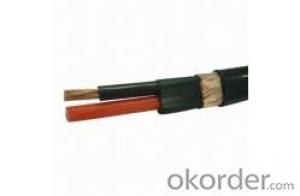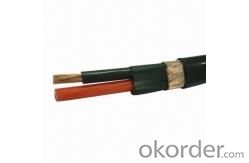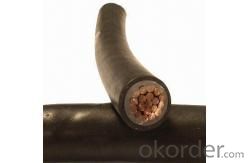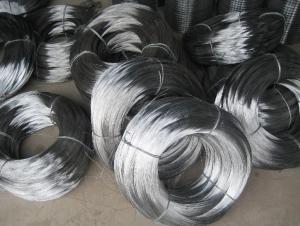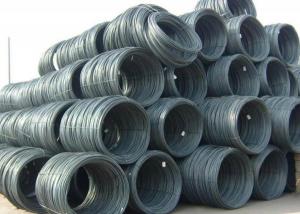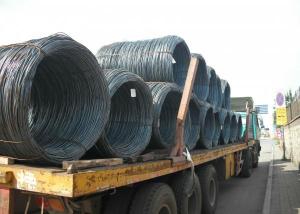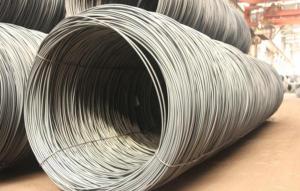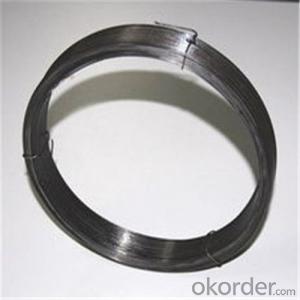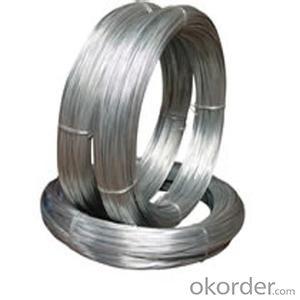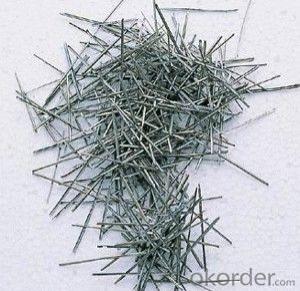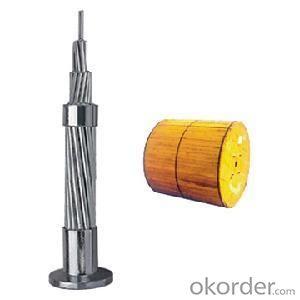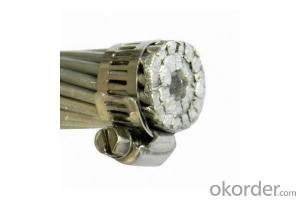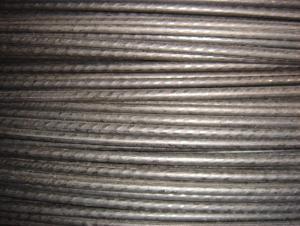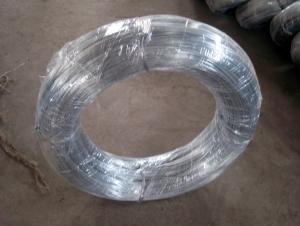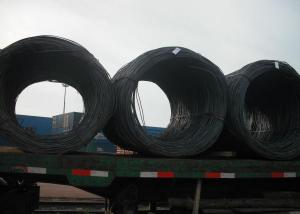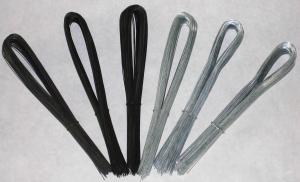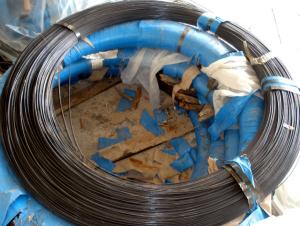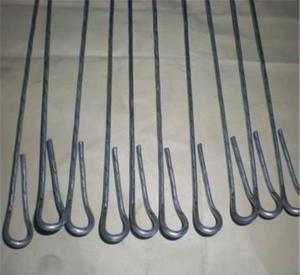ACSR CONDUCTOR DINGO with competetive price
- Loading Port:
- Tianjin
- Payment Terms:
- TT OR LC
- Min Order Qty:
- 1000 m.t.
- Supply Capability:
- 100000 m.t./month
OKorder Service Pledge
Quality Product, Order Online Tracking, Timely Delivery
OKorder Financial Service
Credit Rating, Credit Services, Credit Purchasing
You Might Also Like
Quick Details
Place of Origin: Jiangsu, China (Mainland)
Type: High Voltage
Application: Overhead
Conductor Material: Aluminum
Packaging & Delivery
| Packaging Details: | wooden drum packing |
|---|---|
| Delivery Detail: | 7 days |
Specifications
ACSR CONDUCTOR DINGO
1. Best price in same quality.
2. Best quality in same price
3. Good after-sales service
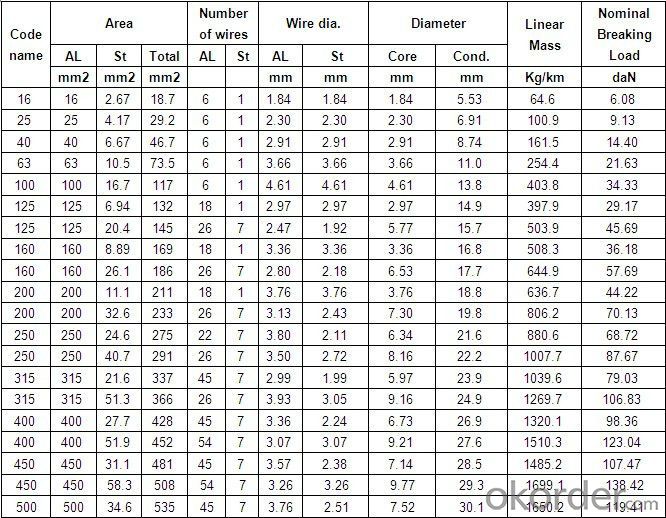
- Q: Has anyone tried to use or experiment to use CAT5E wire on a speaker going to Home theater receiver? If none, can you suggest a good speaker wire to use on a speaker.Paradigm Monitor Series and Onkyo TX-SR606 (Speaker and Receiver)
- You okorder . Now - I have seen formulas that do use Cat5 cable for speaker wires. It involves: * Measuring the distances from amp to speaker. Multiply this by 1.3. * Take 8 Cat 5 wires of that extended length. * Cut the outer sheath to free the 8 tiny inner wires * Sit in front of the TV and braid the 8 wires into 4 chains. * Sit in front of the TV and braid the 4 chains into 2. * Sit in front of the TV and braid the 2 chains into 1. * Solder or twist the 8 bare wires on either end together Then - you have speaker wire for the + terminal. Repeat for the - terminal and eventually you can wire up 1 speaker after hours of finger-numbing work. While you may have 'pride' for creating your own speaker wires - the 0.002% improvement you might get over store bought wire seems hardly worth it. Hope this helps.
- Q: wiring kit, subwoofers
- by wiring kit do you mean the amps power kit? some of which will include speaker wire for the subs anyway usually your amp will come with instructions that tell you what the minimum gauge is the amp will accept for power, this is the gauge power and ground cable you will want to get maximum power to the amp and to prevent overheating issues, typically amps under 400 watts rms power will do fine with 8 gauge, amps 400-1000 rms will use 4 gauge and 1000+ will use 2/0 gauge wire, for the subwoofer speaker wire you can never go too big gauge only too small, a kicker 12 gauge speaker wire will work for almost any application
- Q: Is there really a difference between audio wire and regular house wire? If you say yes then please explain, in understandable scientific terms why, or point me to a site that can.
- House Wire
- Q: I had gotten 5 commercial solar cells from siliconsolar. But, I need to know where could I get wires to connect to the solar cells, in order to harness the cells energy.
- Your query should be sent to the solar cell dealers, it is a matter of buying and selling industrial materials
- Q: coil wiring diagram
- The two small wires are positive and negative. Most are color coded and if it's a OEM part, the negative will be the same color as the group of smaller wires connected to the negative battery cable. Each manufacturer uses different color codes and for instance, Kawasaki uses black with yellow stripe. The other wire will go to the positive side. If the coil doesn't have wire coming out if it, it may have a + or - sign by the terminals. In actuality, it doesn't really matter which way you hook it up because a coil doesn't really care which way the electricity travels. It's the collapsing magnetic field that creates the spark and not the direction or movement of electricity.
- Q: How do they differ from residential wiring?
- Commercial and industrial wiring make extensive use of conduit, cable trays/ This entails explosion-proof or flame-proof fittings, along with the seals and other conduit fittings. Residential wiring, in most cases make extensive use of romex cables without any conduit. Other than these major and a few minor differences, the wiring is actually the same. This is the installation of cables/wires from the circuit breakers to the users. TexMav
- Q: What is the wiring for one headlight on a fourwheeler that has high and low beams.
- Year? Make? Model# ? If it has 1 headlight with a high low beam, the bulb has 2 filaments.
- Q: To help clean things up and make wiring a little more simpler on my jeep i got a fuse/relay box off an old junk car. i want to wire my off road lights into this relay box but i'm not sure what size wire is in the box it appears to be either 18 or 16 AWG one place said to strip the wire and measure the wire another says measure in the insulation. i'm not sure what to do. but if it is 18 awg would it hurt to go to a bigger size after the fuse box to my lights or should i rewire the whole box?
- you have a relay wiring kit precise? the possibility of the relay ought to be saved contained interior the engine compartment. after all the possibility of the substitute ought to be proper as follows: discover you fuse block placed contained interior the cab. under sprint left section perhaps (I truthfully have a 'ninety 8 F150, no longer useful of differences) next stumble on an empty slot that isn't in use (no fuse in place). you additionally could make the relationship with a lady flat a million/4 connector to male connector placed on the shrink back of the fuse block. i ought to top be incorrect on the form of connector, yet you will see the way it rather is suitable as quickly as you stumble on it. you may discover the headlight circuit in case you choose them to close off with the headlights. shop in strategies you choose for to coach a relay so it won't overload the headlight circuit when you consider which you're putting on some heafty lighting fixtures furnishings on it. Sorry i'm in a hurry as we talk yet choose this facilitates. i visit make particular shrink back later to substantiate if to any extent further useful perfect ideas are obtainable in, and upload extra useful if needed. good fulfillment guy.
- Q: does bigger power, ground, speaker wires give more power 2 the amplifier?
- Bigger power and ground wires will help, up to a point. If your wires are already big enough that you don't have a significant voltage drop between the battery and the amp, then bigger cables won't help anything.
- Q: I know there must be a difference, and reason why some wires have a solid strand behind the rubber, or some have several strands. can someone explain to me how it works and the differences in wire. m trying to get my head into electricity. resources would be good too.
- it just depends on your application, take for example your house has either solid 12 gauge or 14 gauge copper wire. solid copper has less resistance and can handle more amperage compared to say a stranded 12 or 14 gauge wire. you wouldnt wire your vehicle with solid wire would you? i mean theres no point, you dont need the amperage and the resistance of the wire is negligent here due to that fact there is not any long distances in your vehicle, plus it would be a pain to wire a vehicle with solid copper wire. in AC voltage they sometimes use square rectangular wire due to the fact that ac voltage travels on the outside of wire, rather than threw the entire middle, so a square wire offers more surface area.
Send your message to us
ACSR CONDUCTOR DINGO with competetive price
- Loading Port:
- Tianjin
- Payment Terms:
- TT OR LC
- Min Order Qty:
- 1000 m.t.
- Supply Capability:
- 100000 m.t./month
OKorder Service Pledge
Quality Product, Order Online Tracking, Timely Delivery
OKorder Financial Service
Credit Rating, Credit Services, Credit Purchasing
Similar products
Hot products
Hot Searches
